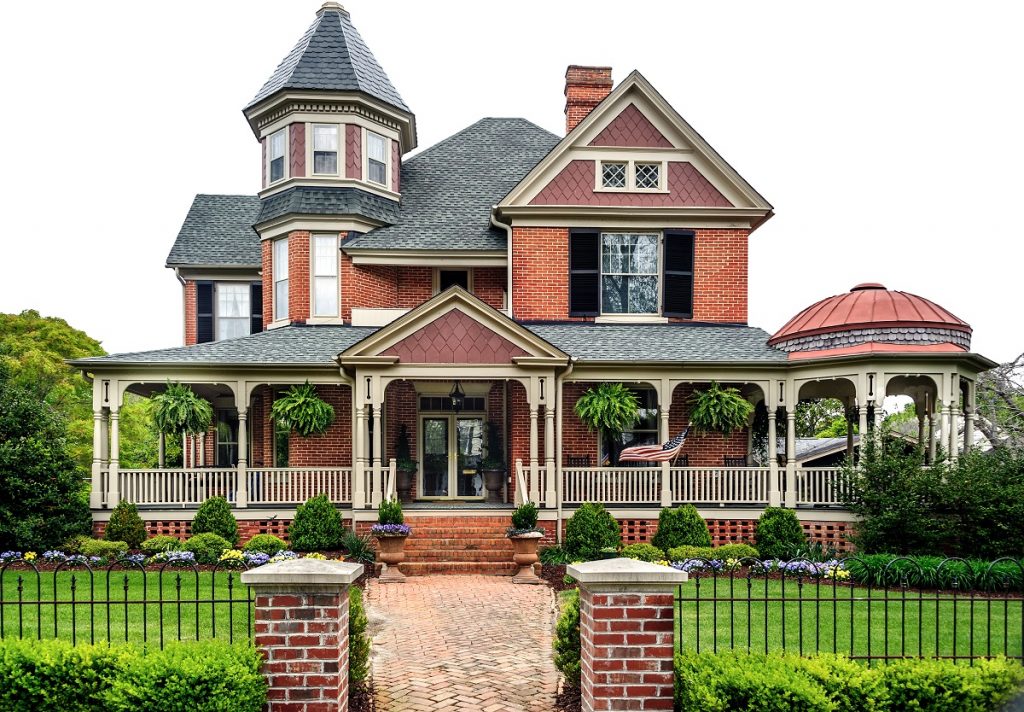While the Colorado housing market went cold towards the end of 2018, it left alot of inventory on the table for Denver buyers to claim for themselves. If you’re looking to purchase a home for less, you’re probably looking to get an older one. While these vintage houses certainly have character, they also come with the growing pains that you should be careful about. Expect these perks and pitfalls to greet you when you turn the key.
Perk: Great Location
The most significant advantage you get from an old home is its location. Most of them are built just an earshot away from schools, shops, and restaurants. This is a huge plus if you have kids since you don’t have to deal with long drives and traffic jams just to drop them off at school. Grocery runs are easier too if you’re lucky enough to be walking distance from the store.
Perk: It’s Affordable
Old houses are significantly cheaper than newer ones. According to a recent report by real estate listing site Trulia, a new home may cost up to 28% more than an old one. This is especially true for areas that are more established, as the report also revealed that the older the existing homes are, the more expensive it will be to buy new homes there. On average, these newer homes will also have significantly smaller lots than older ones.
Perk: It Has Interesting Architecture
You’ve probably heard your real estate agent say that old houses have “character.” This means that the property is unique compared to the newer homes out there, whether it’s the architecture, interior design, or even the landscape. If you’re a fan of colonial or Victorian-style architecture, you won’t find it in the sea of contemporary clones from newer suburbs. Apart from their vintage design, old homes are made with better materials and craftsmanship. They’re made of pure summer and spring wood, compared to the fast-growing but less durable hybridized lumber used in newer homes.
Pitfall: Possible Safety Issues
Old houses may have superior construction, but they’re massively behind when it comes to safety. Years of being exposed to the elements may weaken the home’s structure. As such, a foundation contractor could help strengthen it through retrofitting the base. Problems like asbestos and lead pipes are often unnoticed, so getting an environmental consulting firm and a plumber to inspect the house is a smart choice before you make a deal.
Pitfall: Insurance Costs
Insurance companies see older houses as more prone to losses and damages than newer ones, so your premiums may be higher than usual. You should consider making upgrades to the home’s wiring, fuel tank, and furnace before applying for insurance to get your monthly costs down.
Pitfall: Less Storage

People back then didn’t have a lot of clothes and electronics to store, so closets were generally small. Some old houses don’t even come with one. As such, you should not only be keen about the look, location, and interiors of the home. You should also prioritize storage. You’ll be surprised at how much stuff you actually have when you have limited space to store them in.
There are a lot of advantages to buying an old home like its affordable price and its vicinity to schools and stores. However, you need to be more careful in inspecting them for problems. Don’t be afraid to call a professional to help you out with assessing the property’s safety. Some of these homes have stood for over a hundred years, and with a few upgrades here and there, they’ll stand for a hundred more.

